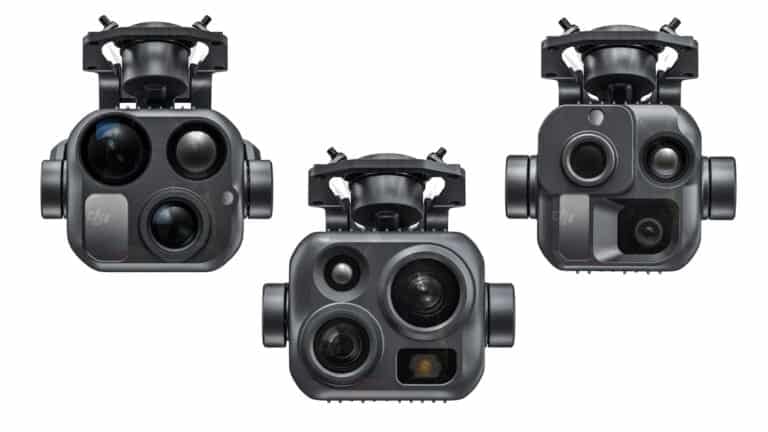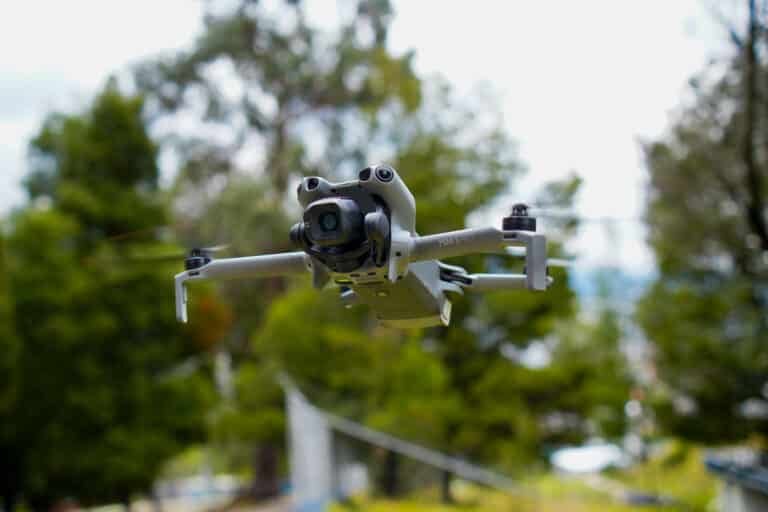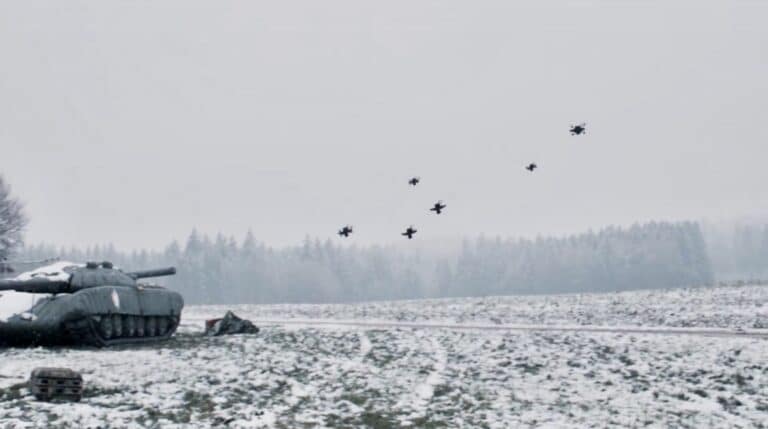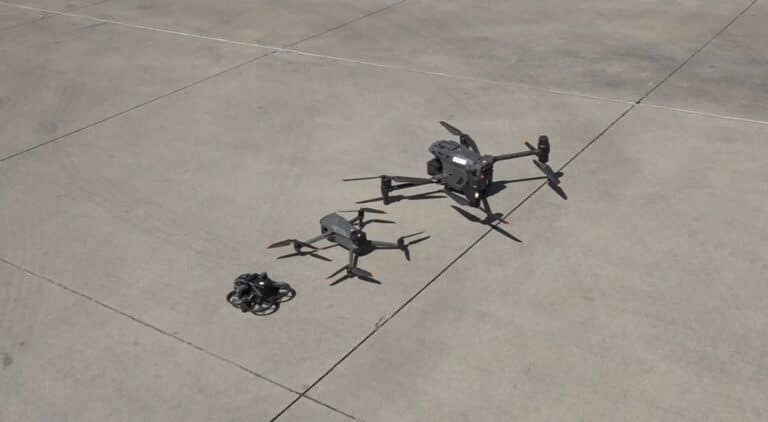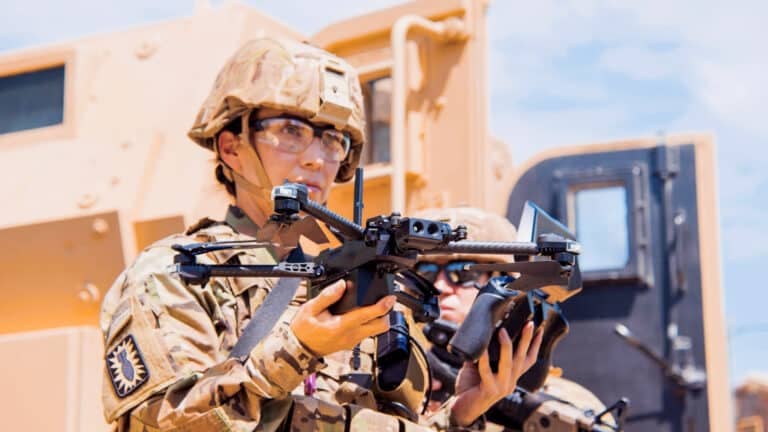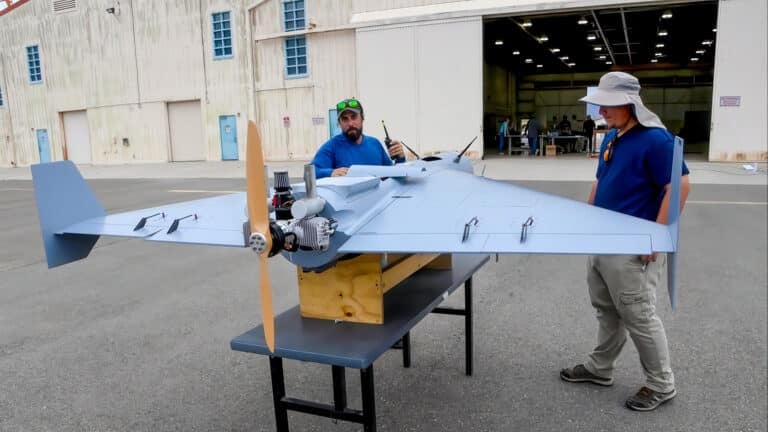From TV Producer to Tank Destroyer: How Ukraine’s Secret Drone Unit Eliminated Billions in Russian Equipment
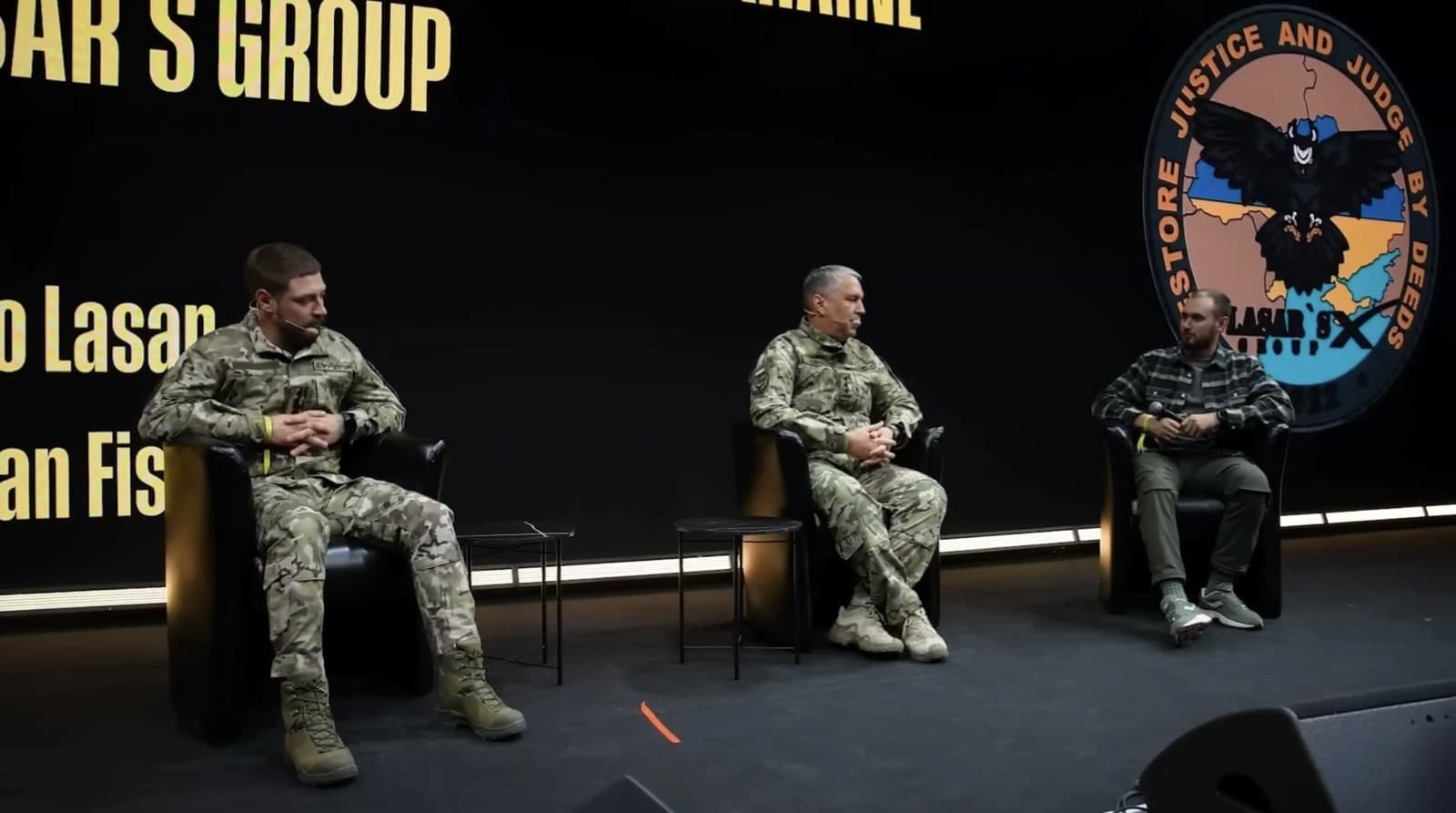
Amazon Drone Deals: DJI Mini 5 Pro Fly More Combo with DJI RC2 now for $1,099!
A 56-year-old former television producer has built Ukraine’s most lethal drone unit, destroying an estimated 12 billion dollars’ worth of Russian military equipment—including a significant share of Russian tanks lost since the 2022 invasion. Colonel Pavlo Yelizarov, who once produced Ukraine’s most popular political talk show, now commands Lasar’s Group—a previously secretive National Guard unit that has eliminated tens of thousands of Russian targets through revolutionary drone warfare tactics.
The unit’s astonishing kill record became public for the first time in August 2025 when Forbes Ukraine featured Yelizarov on its cover. Since its formation in September 2022, Lasar’s Group has destroyed thousands of tanks, infantry fighting vehicles, and artillery pieces—all verified by video documentation. That represents nearly 20% of Russia’s reported 11,256 tank losses according to Ukraine’s General Staff.
Revolutionary Heavy Bomber Drone Innovations
Yelizarov’s background as co-owner of Savik Shuster Studio and producer of “Svoboda Slova” (Freedom of Speech) might seem an unlikely pedigree for military innovation. But his approach to scaling operations and mobilizing resources transformed Ukrainian drone warfare.
“I looked at how the White Wolves worked and saw a great family restaurant,” he told Forbes Ukraine. “But you can’t win a war with a family restaurant—you need to build a McDonald’s.”
The breakthrough came in mid-2022 when Yelizarov bought a smugglers’ agricultural drone for $10,000 and strapped an anti-tank mine to it. His technical director then conceived a game-changing innovation: attaching Starlink satellite terminals to drones for internet-based control beyond line-of-sight. This allowed pilots to operate from safe rear positions instead of the front lines—a tactical shift that has kept casualties remarkably low. Over three years, only 16 of Lasar’s Group personnel have been killed.
Another crucial innovation involved battery configuration. Instead of the standard two battery packs limiting flight time to 30 minutes, Yelizarov equipped drones with 18 packs at an additional cost of $20,000 per unit.
“With such a drone, a pilot could strike 16 pieces of equipment overnight, not two,” Yelizarov explained. “The efficiency grew dramatically.”
Dominating Ukraine’s Gamified Drone Warfare System
Lasar’s Group consistently tops the rankings in Ukraine’s “Army of Drones: Bonus” program—a controversial gamified system that awards points for verified kills. Known colloquially as “Ye-baly” (a Ukrainian play on “e-points”), the system assigns 40 points for tanks, 120 for infantry units, and up to 50 for multiple rocket launchers.

In June 2025, Lasar’s Group outscored other units by two to five times in categories including tanks, armored vehicles, and artillery. By August, the unit had shifted focus to enemy artillery systems beyond FPV drone range, destroying more artillery than the next four units combined.
“Previously our operations were like hunting in a zoo: we’d fly to a depth of 3 km and there would be a bunch of targets,” Yelizarov noted. “Now there’s no ‘iron,’ armored vehicles are hard to find even at a depth of 20 km (12.4 miles). Probably that’s our achievement, too.”
From Civilian Entrepreneurs to Combat Elite
What makes Lasar’s Group exceptional is its composition: 98% former civilians with zero military background. Yelizarov appointed a young woman without military experience as his chief of staff based purely on organizational competency. His first pilot, call sign “Fish,” was a small entrepreneur who flew drones as a hobby—and is now credited with destroying over 500 pieces of Russian equipment.
Andriy Biletsky, commander of the 3rd Corps, called Lasar’s Group pioneers of an entirely new weapon category.
“It looked almost fantastic at that time. They were pioneers of heavy bombers and the first to pave the way to a new type of weapon,” Biletsky recalled.
Oleksandr Nastenko, commander of the CODE 9.2 battalion and 2024 Hero of Ukraine recipient, was even more emphatic:
“I don’t know who contributed more to the war than Pasha’s [Yelizarov’s] unit. I didn’t make even one-hundredth of his input.”
Funding Crisis Threatens Ukraine’s Most Effective Drone Unit
Despite its success, Lasar’s Group faces an existential funding crisis. The unit expected less than ₴4 billion ($95 million USD) in state funding as of August 2025—insufficient to maintain operations. Production capacity sits at just 30%, with only a third of drone crews active each night.
The unit’s vertically integrated structure has also attracted scrutiny. Yelizarov’s company, Screentek LLC, manufactures the drones with state funds and supplies them to his military unit. While he insists on clear functional separation and meticulous documentation, the dual role has drawn visits from law enforcement.
“In peacetime that would raise conflict-of-interest questions,” Yelizarov acknowledged. “Without state money we couldn’t destroy equipment at an industrial scale.”
U.S. and international partner support, including donations and equipment grants, have kept the unit active—but long-term sustainability remains uncertain as Ukraine’s drone production capacity far exceeds state procurement budgets.
DroneXL’s Take
The Lasar’s Group story represents everything revolutionary about Ukraine’s drone warfare evolution—civilian ingenuity trumping military orthodoxy, commercial technology repurposed for combat effectiveness, and scalable innovation over traditional defense procurement. Yelizarov’s Starlink integration and extended-battery heavy bombers have become standard across Ukrainian forces, proving that breakthrough capabilities don’t always come from defense contractors.
What’s particularly striking is how a TV producer with zero military background identified the core operational bottleneck (pilot flight time and target engagement capacity) and engineered an elegant solution through simple hardware modifications and internet connectivity. The remote piloting innovation alone—enabled by Starlink—has fundamentally changed drone warfare calculus by eliminating the tradeoff between pilot safety and operational effectiveness.
The funding crisis facing Lasar’s Group highlights a broader challenge in Ukraine’s defense ecosystem: state budgets can’t keep pace with manufacturing capacity or battlefield demand. This unit has proven its return on investment at a stunning scale—billions in documented Russian losses—yet faces potential operational cutbacks. For drone manufacturers and military planners worldwide watching Ukraine’s proving ground, the lesson is clear: procurement systems need to move at the speed of innovation, not bureaucracy.
The bigger question is whether other militaries will learn from Yelizarov’s “McDonald’s” approach to scaling drone operations before they’re forced to in their own conflicts. Based on what we’ve seen from Lasar’s Group, heavy bomber drones operated remotely via satellite internet aren’t just the future of warfare—they’re devastatingly effective right now.
What do you think? Share your thoughts in the comments below.
Discover more from DroneXL.co
Subscribe to get the latest posts sent to your email.
Check out our Classic Line of T-Shirts, Polos, Hoodies and more in our new store today!

MAKE YOUR VOICE HEARD
Proposed legislation threatens your ability to use drones for fun, work, and safety. The Drone Advocacy Alliance is fighting to ensure your voice is heard in these critical policy discussions.Join us and tell your elected officials to protect your right to fly.
Get your Part 107 Certificate
Pass the Part 107 test and take to the skies with the Pilot Institute. We have helped thousands of people become airplane and commercial drone pilots. Our courses are designed by industry experts to help you pass FAA tests and achieve your dreams.

Copyright © DroneXL.co 2025. All rights reserved. The content, images, and intellectual property on this website are protected by copyright law. Reproduction or distribution of any material without prior written permission from DroneXL.co is strictly prohibited. For permissions and inquiries, please contact us first. DroneXL.co is a proud partner of the Drone Advocacy Alliance. Be sure to check out DroneXL's sister site, EVXL.co, for all the latest news on electric vehicles.
FTC: DroneXL.co is an Amazon Associate and uses affiliate links that can generate income from qualifying purchases. We do not sell, share, rent out, or spam your email.




